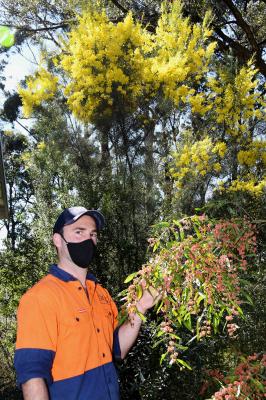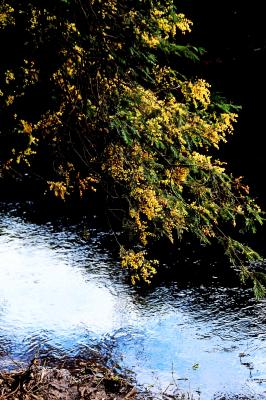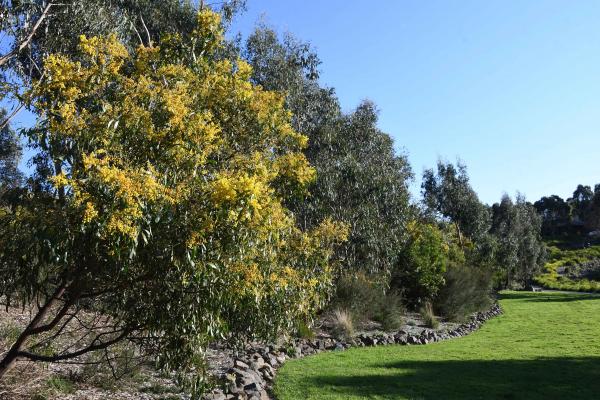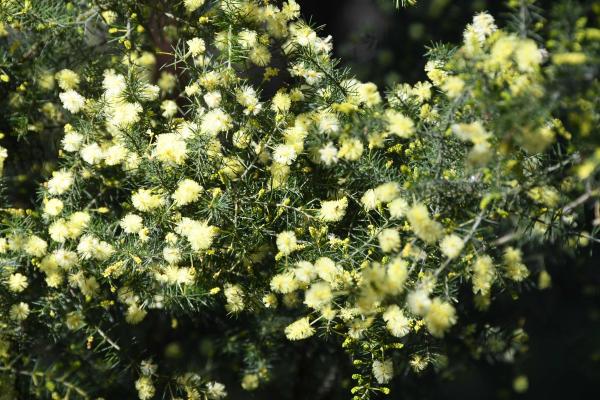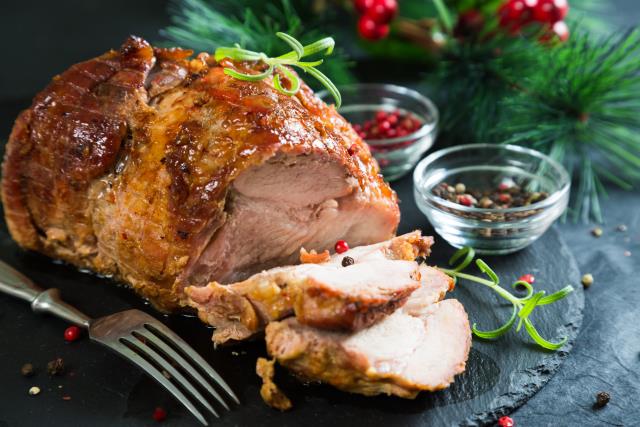It’s a plant that draws out a big grin on many onlookers as the humble bright wattle grows strong roadside, in the bush and in home gardens.
There’s a reason it’s so prolific, with over a 1000 species blooming throughout the country – the largest genus of plant in Australia.
Growing everywhere, it’s seen as a ‘unifying symbol of Australians’ and in turn has been given it’s very own national day on September first.
National Wattle Day was proclaimed by the Governor-General of Australia in 1992 and Karwarra Native Botanical Gardens’ leading gardener Aaron Roberts has provided Star Mail with some insight into the popular native.
“Acacias do vary from tall trees, large shrubs, down to the smallest shrubs and ground covers,” he said.
“There’s quite a few indigenous to Victoria, the ones that we use in our indigenous plantings is Acacia verticillata, which is commonly called prickly moses.
“And going back in time Acacias have been widely used for food and medicine and making tools by indigenous people for 1000s of years in Australia.”
Low prickly shrubs provide habitat for wildlife, while the seeds are eaten by birds and insects, they’re also a team player in the soil.
“Another lesser known fact about acacias is that the roots actually fix nitrogen out of the Earth’s atmosphere and so then they make nitrogen more accessible in the soil for themselves and other plants.
“They’re definitely a really good one to have obviously out in the bush, but in the home garden as well for those benefits.”
Acacias are typically known to bloom from late winter through spring but Aaron said you can find one that shines in every season.
“If you had a big enough garden, you could have an Acacia that flowered in each month of the year, they’re not just confined to now.
“There is an Acacia that grows in all climates and growth in all soil, so there is one suitable for everyone’s garden. There’s no excuse not to have a wattle in your garden because they are iconically Australian.”
Iconically so, it’s where our Australian green and gold homage bloomed from, thanks to the Golden Wattle (Acacia pycnantha) our national floral emblem.
The flowers are predominately yellow but there is one special lady that has a crimson tone.
“If you want one that really grabs your attention and one your neighbour probably won’t have in their garden, it’s the Acacia Scarlet blaze with a bright red flower – it is certainly something special.”
Aaron’s best tip for green thumbs looking to plant the Australian icon is to do your research.
“Purely because they can grow from tall trees down to sort of the smallest shrubs and ground covers so it depends on what you want it for.”
To get some ideas, visitors are welcomed to Karwarra (when lockdown ends) to see a collection of native plantings.
“The ones that are flowering now are Acacia boormanii which is the ‘Snowy River wattle’ that’s a large shrub. Very much bright yellow flowers and dense fine foliage, another good for the habitat plant.”
“It’s worthwhile coming to Karwarra almost each month of the year to see which plants are in flower and what’s really out and about.
“It gives you a good picture as to how they will perform in your garden, so you can take away your ideas to implement at your place.
“We also collect some rare and threatened species as well. It’s our job to keep those in cultivation and keep them alive, that’s our main aim up here and we hope to see everyone back as soon as possible.”

